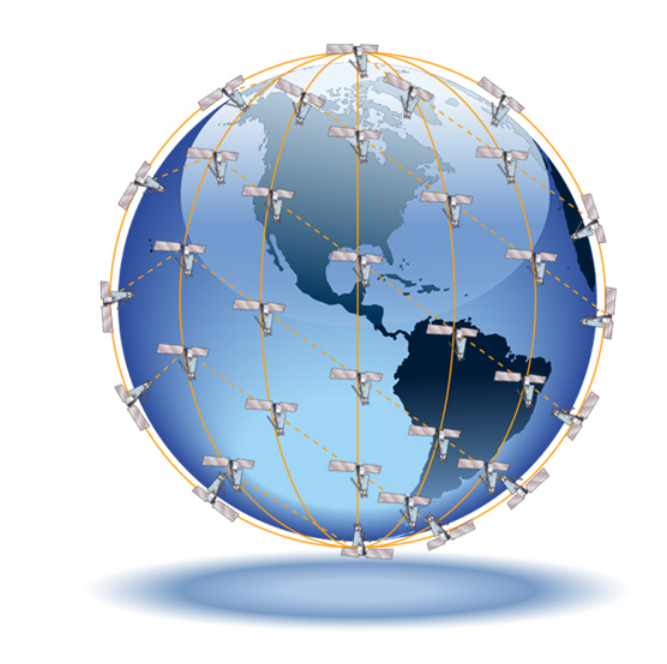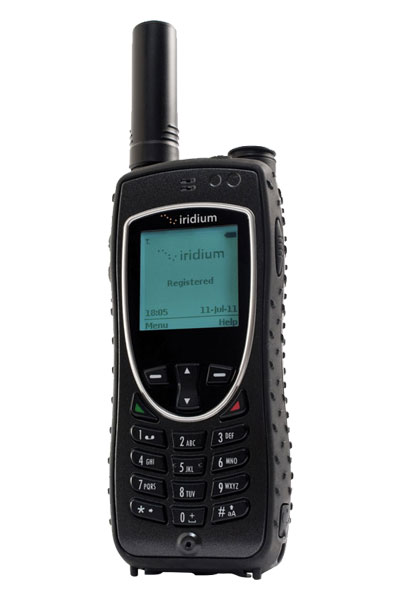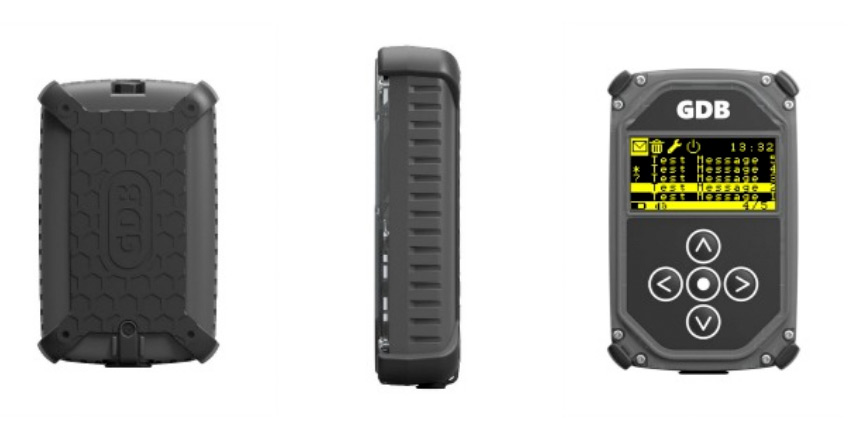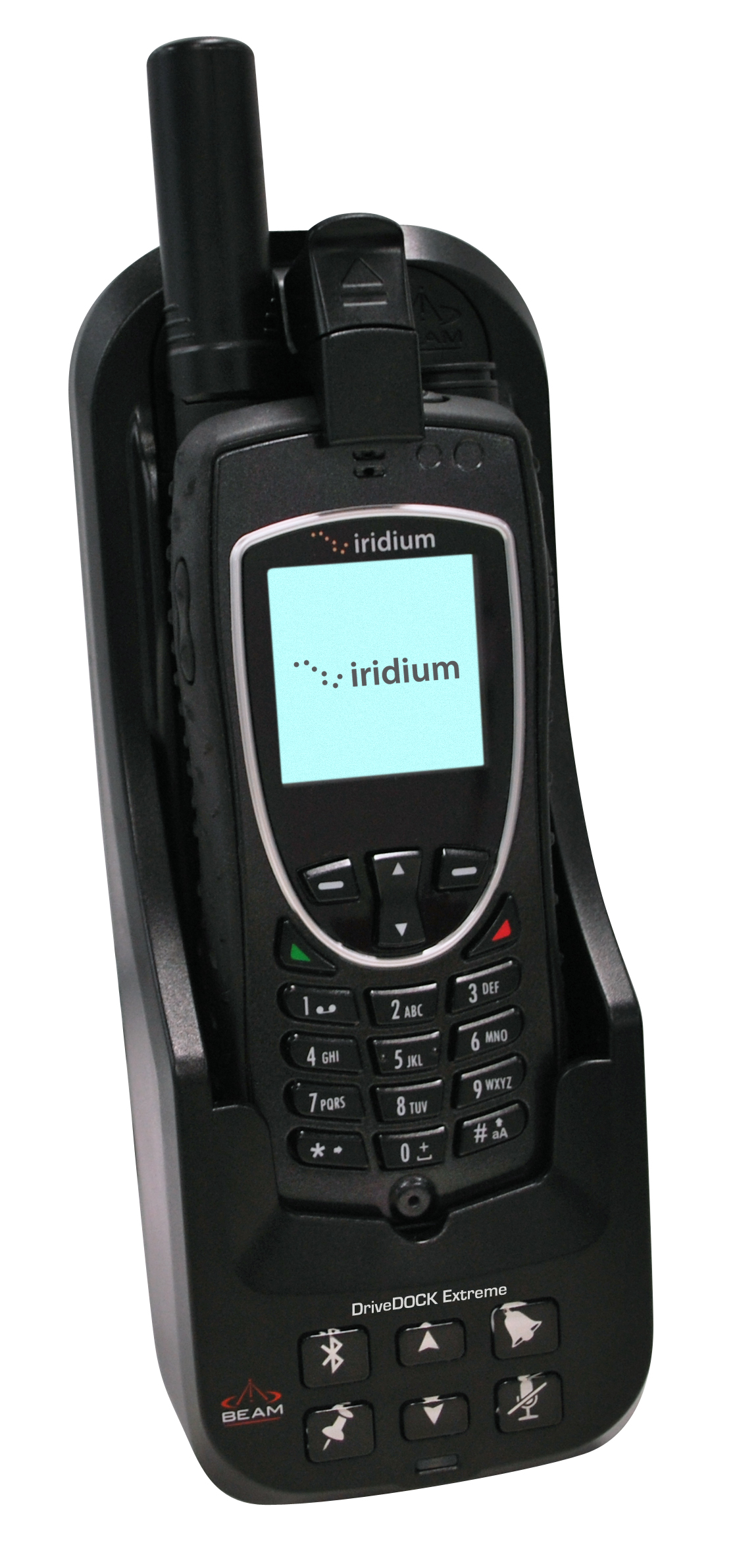Iridium's Network
The Iridium system is changing the way the world communicates as the first truly global, personal, satellite-based telecommunications system providing communications via hand-held wireless telephones and pagers.
It will revolutionize communications for business professionals, travelers, residents of rural or undeveloped areas, disaster relief teams, and others who need the features and convenience of a wireless hand-held telephone with a single worldwide number. Subscribers will use hand-held Iridium telephones transmitting through digital facilities to communicate with any other telephone in the world.
Explore the new world of Iridium and find how to change your way to communicate!
Iridium Satellites
The Iridium system is based on a network of 66 satellites. The satellite constellation is distributed on 6 near polar planes and each plane carries 11 operational satellites, as well as one spare satellite.
Each satellite weighs approximately 689 kilograms (1,500 pounds) and orbits at an altitude of 780 kilometers (420 nautical miles) above the surface of the Earth traveling around the planet once every 100 minutes.
Unlike geostationary communications satellites which are located 36,000 kilometers above the Earth, the IRIDIUM satellites' low Earth orbit makes it possible to communicate directly with a hand-held telephone, in the meantime avoiding the typical delay of geostationary satellite transmissions.
The satellite is linked to callers by a main mission antenna that offers 16 decibels of link margin, a signal that is strong enough to deliver high quality communications to a hand-held telephone.






